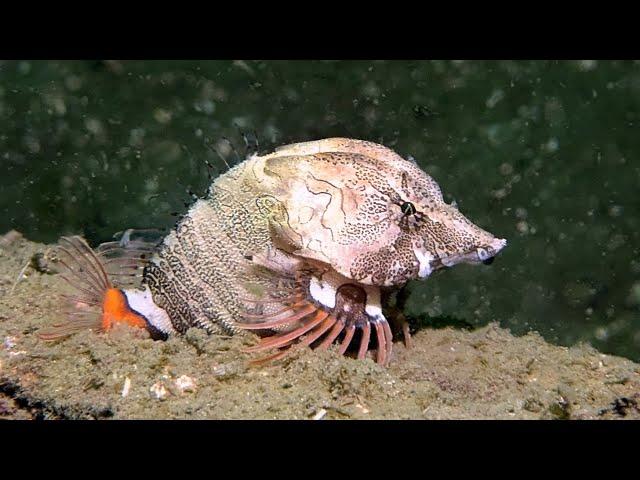Комментарии:
Facts: The Grunt Sculpin
Deep Marine Scenes
Graham Peterson | Junior Geologist at the Bates Hunter Mine
GS Mining Company, LLC
Bio-Rad's QX ONE Droplet Digital PCR System Tour
Bio-Rad Laboratories
My Top 3 Places to Buy a Domain Name!
Craylor Made
FearlessFlight Weekly LIVE Show - S02E20 - How to overcome Fear of Flying and Flight Anxiety
Capt Ron's FearlessFlight
How to fix your thread looping under the fabric
Sewing Machine Repair Guy



























